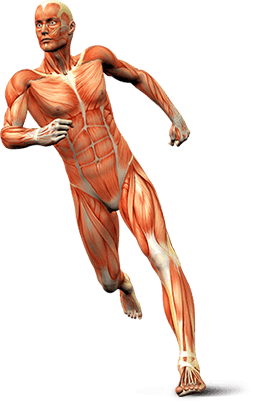Superior Capsular Reconstruction
Massive Irreparable Tear - Xenograft
A massive irreparable rotator cuff tear is the tear of size > 5 cm in diameter and involves more than one tendon. It is usually found out during a diagnostic scan or at surgery. It occurs more commonly in older people and is unusual in individuals below the age of 60 years. Large irreparable tears happen in patients with rotator cuff degeneration and atrophy of the rotator cuff muscle and the cause for this is attributed to genetic changes or age or a combination of both.
Treatment of these massive degenerative tears with direct tendon repair has encountered very high rates of failure. Large tears that can be reattached and fixed back to the bone have shown unacceptable rates of nonhealing. Issues such as inadequate healing and poor tissue quality have led to the use of patch grafts to bridge the difficult tears. A patient who has a larger tear that can be repaired back to the bone, but bears a higher probability of re-tear will be considered for augmentation procedure with a graft.
Xenografts
Xenografts are the tissue grafts obtained from other species and the procedure is called the xenotransplantation. The xenografts for massive irreparable rotator cuff tear may be obtained from different species and some of them include:
- Porcine small intestine submucosa: Porcine small intestine submucosa material (obtained from pigs) has been recommended for usage in rotator cuff augmentation. These materials are made up of 10-layer laminates of porcine collagen that are processed and sterilized so that it is free from cellular or immunologic DNA components. Because of the high risks and low benefits associated with the use of this material, a newer 8-layer lightly crosslinked material which is sterilized using gamma irradiation is marketed for rotator cuff use. This material seems to have lower pull-out strength compared to other augmentation materials
- Bovine dermis: Fetal bovine dermis, which is a single layer of bovine dermal xenograft that is processed to take away the cells, fats and carbohydrates from it and then sterilized with ethylene dioxide, may be used as a graft
- Porcine dermal collagen: Porcine dermal collagen is crosslinked and is sterilized with gamma irradiation but has mixed results in clinical use
- Equine pericardium: Equine pericardium is the most recently marketed collagenous xenograft. This is a crosslinked, decellularized and sterilized product which has been approved by the FDA for its use in the repair of soft tissue defects and tissue reinforcement as well as tendon repair procedures. However, there are no considerable clinical reports of use of this material in rotator cuff
Click on the topics below to find out more from the Orthopaedic connection website of American Academy of Orthopaedic Surgeons.




 Home
Home












